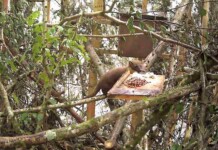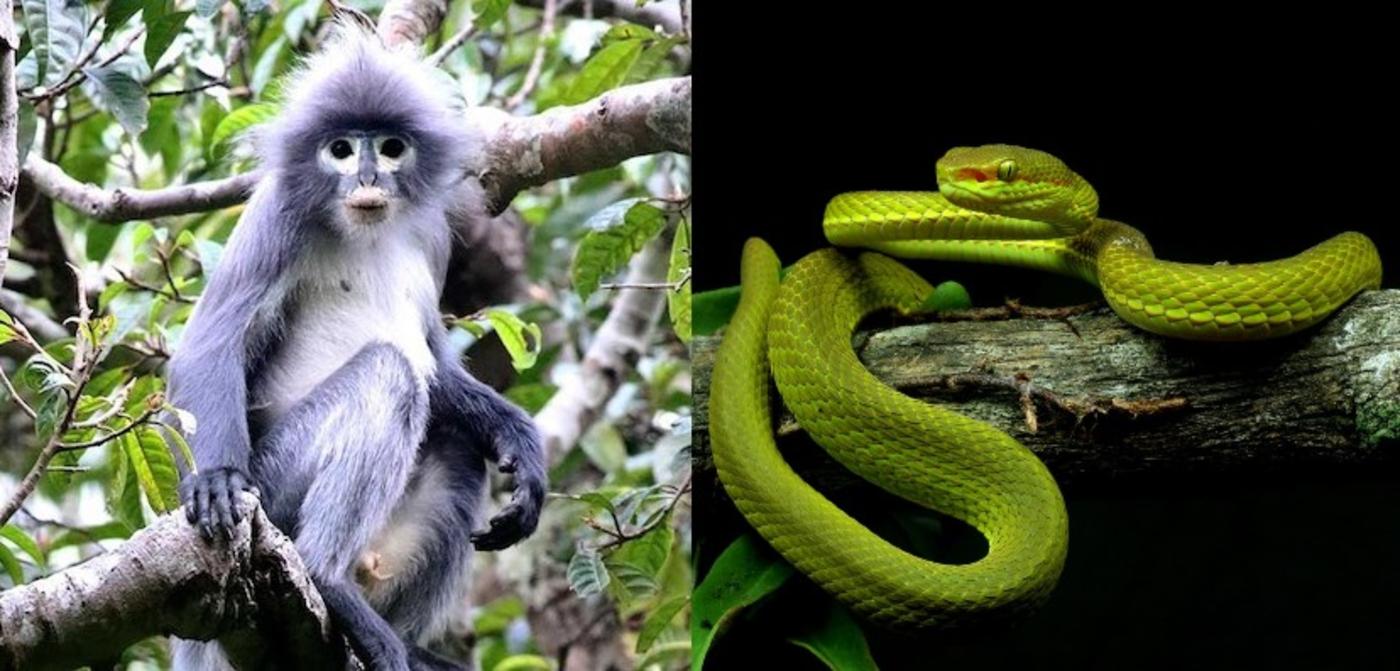While homo sapiens sheltered in place, 2020 also saw explorers diving out into the wilds of the world, finding astonishing new species never before seen by science.
Some slither, others skitter. There are monkeys, snakes, spiders, frogs, plants, and even the longest animal ever recorded.
They were found all across the continents; from Madagascar to Bolivia, from India to Namibia, from Iran to Australia, and from North Carolina, to Heathrow Airport.
There are plenty of reasons to feel like 2020 deserves to be remembered with a shutter, but the colors and characters of these newcomers to scientific textbooks will give you something nice to remember the year by.
Reptiles
A pit viper named after a Harry Potter character, and a girl with kaleidoscope scales.
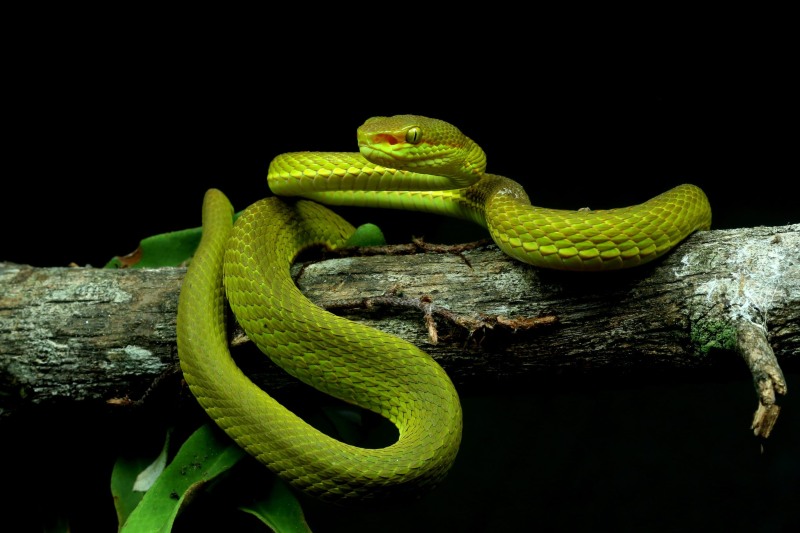
In recent years, the Himalayan-lying North Indian state of Arunachal Pradesh has been home to many newly discovered creatures. Most recently is a new pit viper called Trimeresurus salazar, which Harry Potter fans would notice immediately means: Salazar’s pit viper.
The snake was named after the fictional founder of the Hogwarts House of Slytherin, the crest of which is an emerald green snake. The pit viper certainly looks the part, though the males of this nocturnal species have a unique reddish-orange stripe down the side of their heads.
Meanwhile, in Ha Giang province in Vietnam, an underground specialist was discovered that glows iridescently in the sunlight. Achalinus zugorum is presumed to spend most of its life underground thanks to a lack of bright-light photoreceptors in its eyes, making it incredibly difficult to find.
Its scales glow like the spectrum of Australian opals, and it’s thought to be older than most snakes, exciting herpetologists that it might shed light on earlier stages of snake evolution.
Primates
A brute of a mouse, and a critically endangered langur
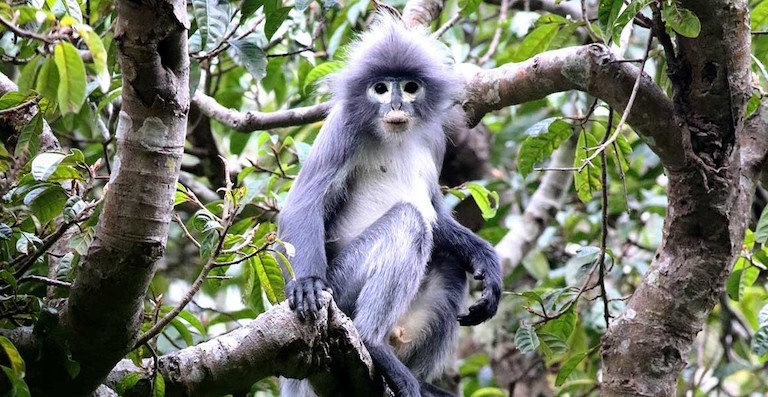
In Myanmar, four populations of Trachypithecus popa were discovered. The Popa langur species is thought to contain only 260 individuals, qualifying it as critically endangered. Yet as sad as that is, a problem known is a solvable one, and these animals’ long wispy grey fur and charismatic face will have no problem generating conservation interest.
Discoveries in the primate order are not common, and while habitat loss is concerning, charismatic species like the Popa langur can often be used effectively to protect habitat for other species that are also endangered.
In Madagascar, the Darwinian playground of evolution produced a species of mouse lemur that had eluded us until 2020. Microcebus jonahi, or Jonah’s mouse lemur, is bigger than others in its family. Averaging the size of a human fist, smaller mouse lemurs can even be as small as the palm of a hand.
Sporting reddish-brown fur with a white stripe down its nose, Jonah’s mouse lemur is thought to live only in the dry lowland forests of Northeast Madagascar’s Mananara Nord National Park.
Plants and fungi
Heathrow airport fungus and desert-dwelling African… broccoli?
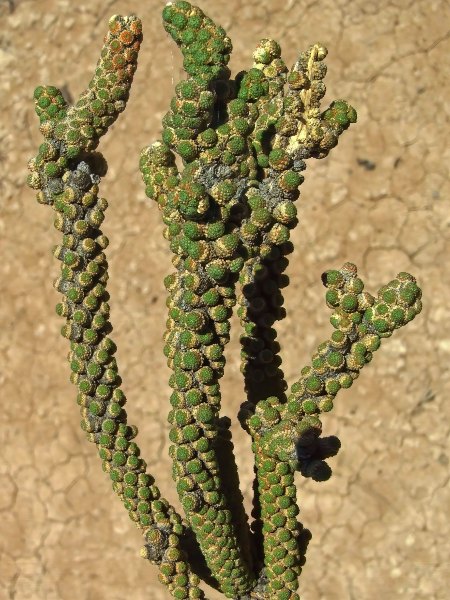
In the southern deserts of Namibia, Tiganophyton karasense, an evergreen shrub in the same order as broccoli, Brussel sprouts, and kale—brassicales, was found to be unique enough to be its own family Tiganophytaceae.
It thrives where other plants die, in salt pans, under 96°F heat, and fewer than 1,000 individuals are known to exist.
Meanwhile, in a much colder climate, six new mushrooms were identified, one of which was designated as Cortinarius heatherae, after Heathrow Airport where it was discovered next to a nearby river beyond the confines of the runways.
Three others were found in Scotland, all belonging to the family Cortinarius, which facilitates the growth and health of pines and oaks in the forest. They are webcap toadstools, meaning the underside of their caps look like fish gills.
Arachnids
Equal parts terrifying and fascinating, the Joaquin Phoenix spider and a very, very large scorpion.
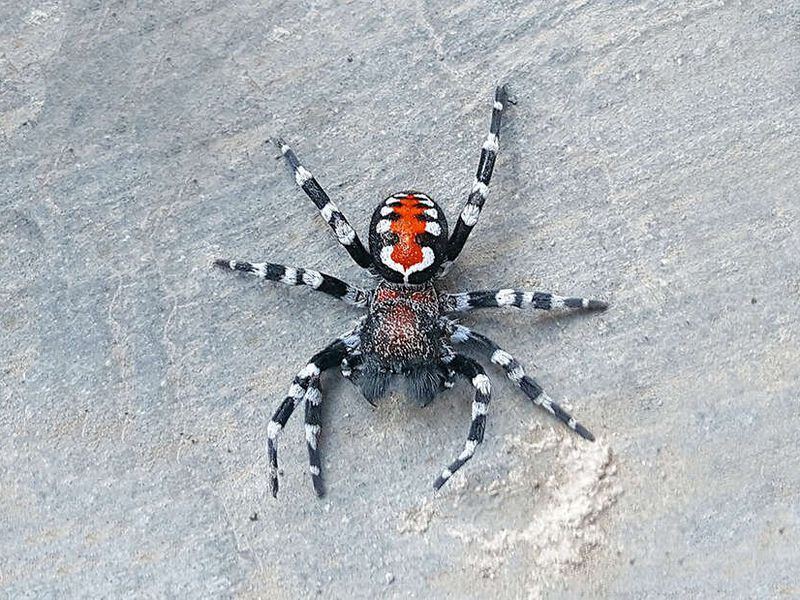
While many vacationers won’t want to hear that a scorpion four-inches long was discovered in the most-visited protected area in Sri Lanka, a scorpion four-inches long was discovered in the most-visited protected area in Sri Lanka.
Fortunately, as the old adage goes, Heterometrus yaleensis, or the Yala giant scorpion, named after Yala National Park, doesn’t pack much of a sting—the big ones almost never do.
In Iran, a genus named after Lou Reed—the velvet spiders have a new member—this one named after Joaquin Phoenix’s portrayal of Batman’s famous nemesis in the 2019 production.
Combining the celebrities into Loureedia phoenixi, it has a frightening red splotch on its thorax, and white banded black legs. It’s the first of its species to be found outside of the Mediterranean, and while it seems scary, it only measures eight millimeters long, and displays rather charming behavior such as communal nest building and carrying for other spiders’ young.
The Ocean
How could we miss the longest animal on Earth and a species of whale?
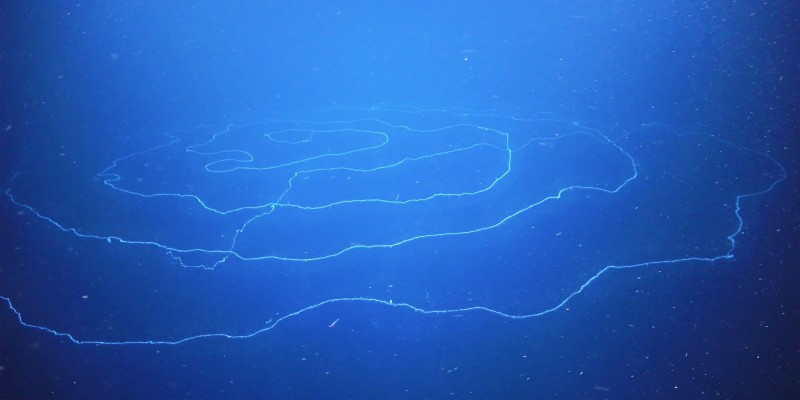
100 miles north of Mexico’s San Benito Islands, a research team believes they may have found a new species of beaked whale. Originally thinking it was Perrin’s beaked whale (Mesoplodon perrini), a species that, while never being seen alive, was known and presumed endangered, the researchers changed their tune after closer observations.
In 2020, what is believed to be the largest, and certainly longest, animal ever recorded was found in the abyssal deep-sea canyons near Ningaloo. 30 new species were also first described by the dive which found a 150 foot-long (47 meter) giant siphonophore of the genus apolemia.
Coiled up like a rope, the creature is more like a jellyfish than a worm, and is actually a colonial organism made up of smaller, specialized polyps and medusoids, collectively known as zooids, which act like humans inside a submarine, each zooid managing a different physiological function such as propulsion or gastric function.
RELATED: Conservation Success for European Bison is ‘Living Proof’ That Ambitious Biodiversity Targets Work
The world is a strange place, filled with strange animals, and for children who think there isn’t anything left to discover, a new monkey and the longest animal on Earth were discovered last year. Who knows what else is out there?
SHARE The Big Discoveries With Your Pals on Social Media…





